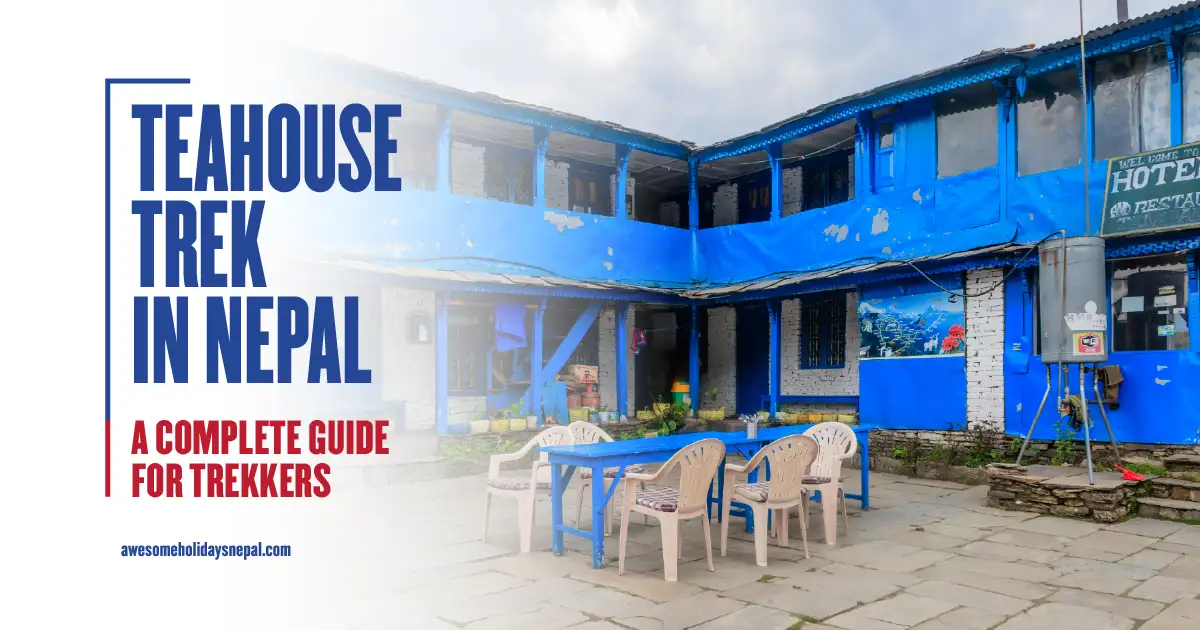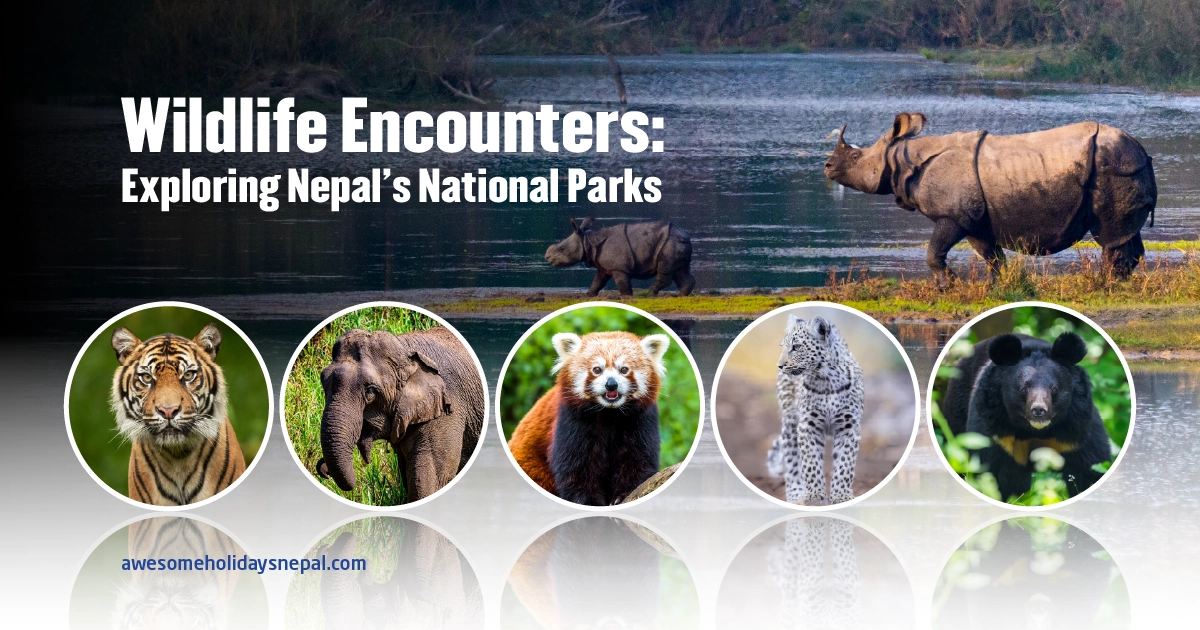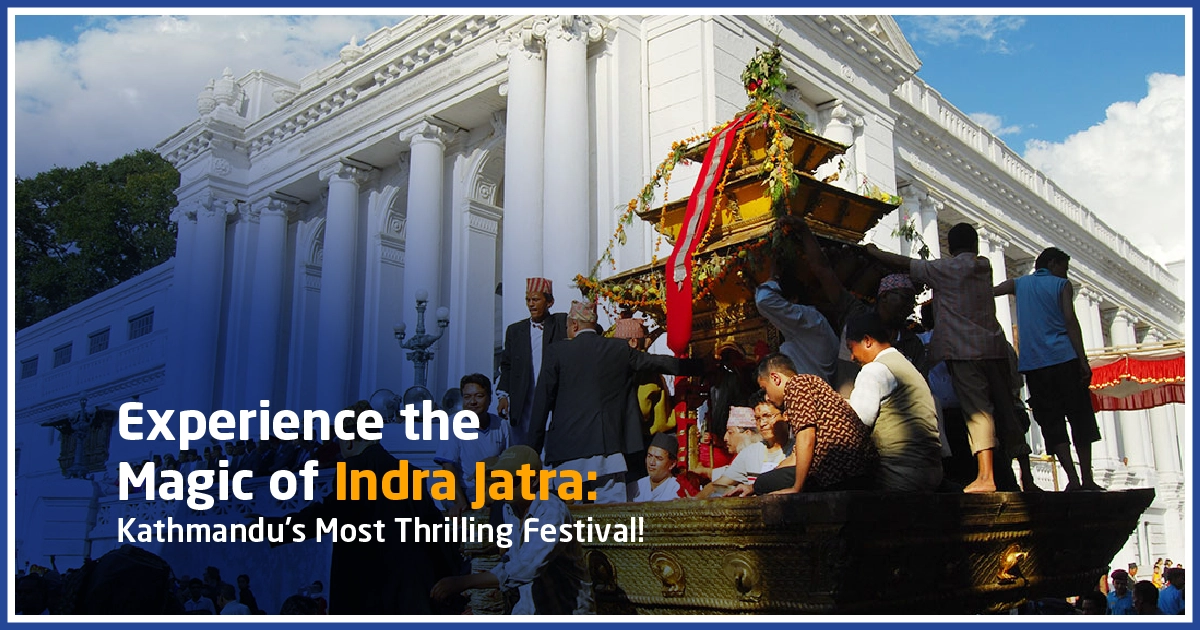Busting the 9 Popular Myths About Nepal
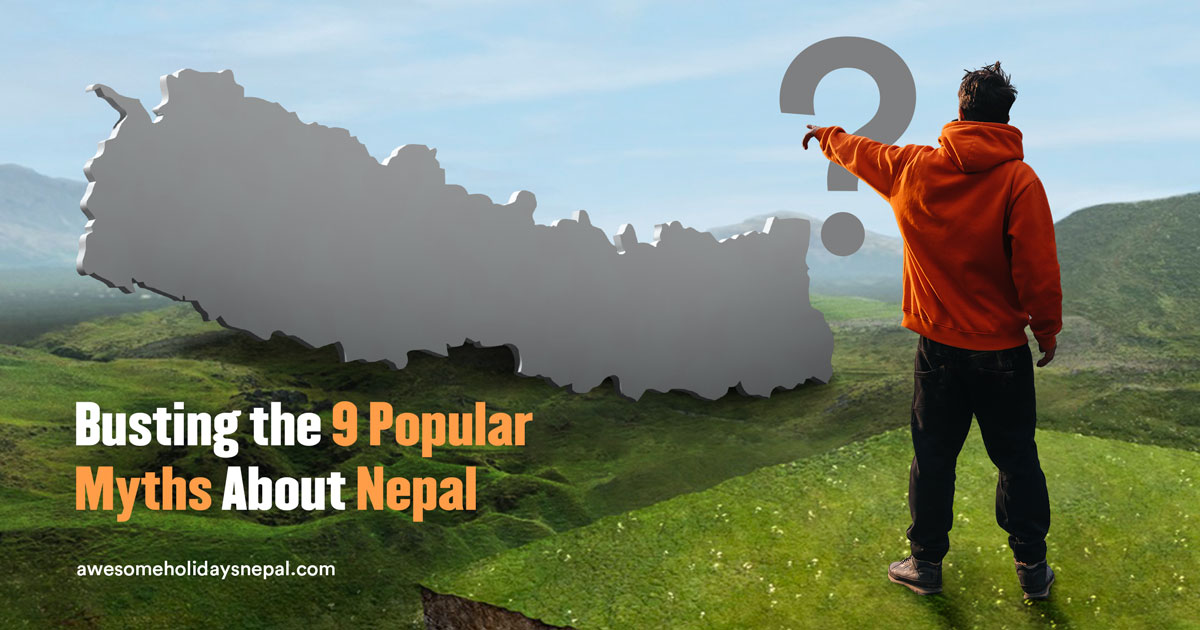
Nepal is one of the most blissful and diverse lands, rich in natural abundance, culture, and adventure activities. Any travel enthusiast would love to explore every corner of the country. However, people often associate traveling with misconceptions and fascinating popular myths about Nepal.
From cultural myths to geographic misconceptions, travelers sometimes exaggerate facts. Depending on personal cases and events, people try to generalize the facts. The geographical landscape, culture, foods, and languages associated with the Nepali people concern every tourist around the globe.
Some myths sound authentic, and often there is a story behind them. Let’s take a journey to deflate these myths about Nepal, go beyond stereotypes, and appreciate the real beauty of the country.
1. Yetis Roam Around the Mountains of Nepal
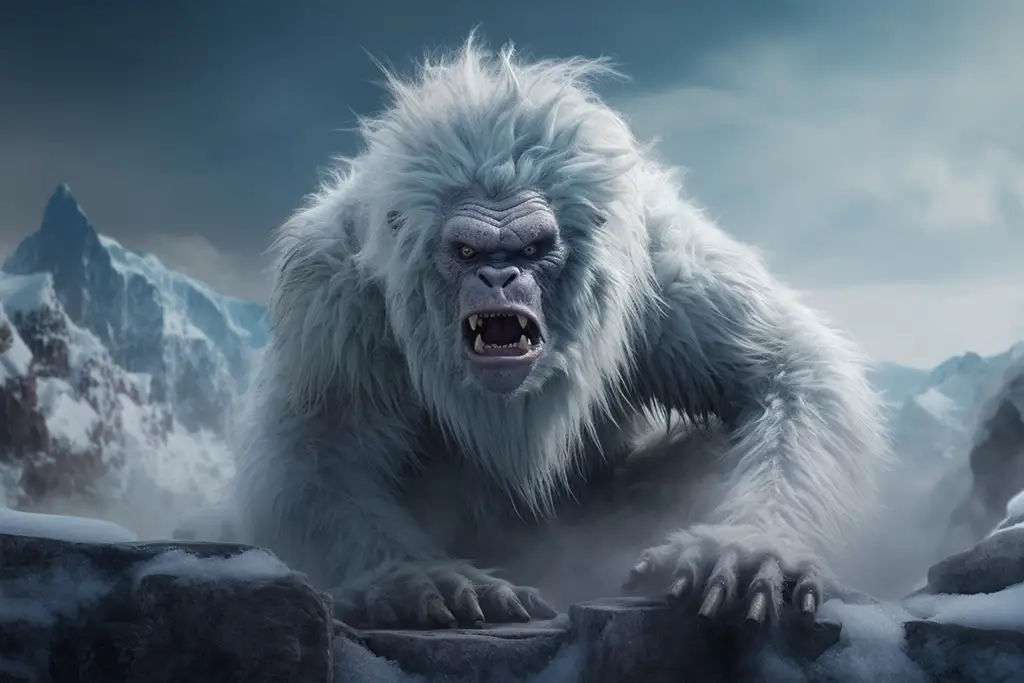
Generally known as Bigfoot or the giant snowman, it is a mythical creature that is believed to live on mountains and feed on its prey. If you heard that yetis roam freely around mountains, then let me clarify: it’s just an absolute myth about Nepal.
However, it is true that some mountaineers have devoted their time to searching for the monster but have failed to succeed. In 1951, a British explorer named Eric Shipton looked for an alternative route to Mt. Everest and discovered a footprint that seemed to be of humans but was much larger to be a human.
Daniel Taylor, author of Yeti: The Ecology of a Mystery, has been searching for signs of a Yeti in Mount Makalu since he was a child and concluded that it was a bear.
It is so amazing that people still think Nepal is the land of the Yeti. Most Nepalese don’t talk or think about Yetis so much. Neither do you find Yeti on TV shows. There’s an airline called Yeti Airlines and a 5-star hotel called Yak and Yeti, and that’s all.
2. Nepal Is Only About the Mountains
Nepal’s identity worldwide has been as a home to eight of the world’s highest peaks. Among the Popular Myths About Nepal, it is so much more than just the Himalayas. The country has a vast topography and ecology that ranges from 80 meters to 8848.86 meters above sea level, providing a variety of opportunities to explore the geography of Nepal.
Nepal Beyond Everest: Hidden Gems for Adventurers and Peace Seekers
The lowland plain of Terai offers an excellent habitat for flora and fauna. National parks like Chitwan National Park and Bardiya National Park lie on plain land, which is home to animals like the horned rhinoceros, the Royal Bengal Tiger, the Asiatic Elephant, and many more.
Similarly, the white water originating from glaciers makes a complex river network where one can enjoy rafting. Hills, lakes, and valleys are other attractions for an unforgettable family trip. A family trip blended with nature, culture, festivals, and interaction with local people is what makes the trip alive.
Additionally, the country has 10 UNESCO World Heritage Sites for an outstanding cultural experience. Seven such heritages in Kathmandu Valley (Kathmandu Durbar Square, Bhaktapur Durbar Square, Patan Durbar Square, Changunarayan, Boudhanath Stupa, Swayambhunath, and Pashupatinath) temples can be visited within a day’s excursion.
3. Earthquake Devastated the Country
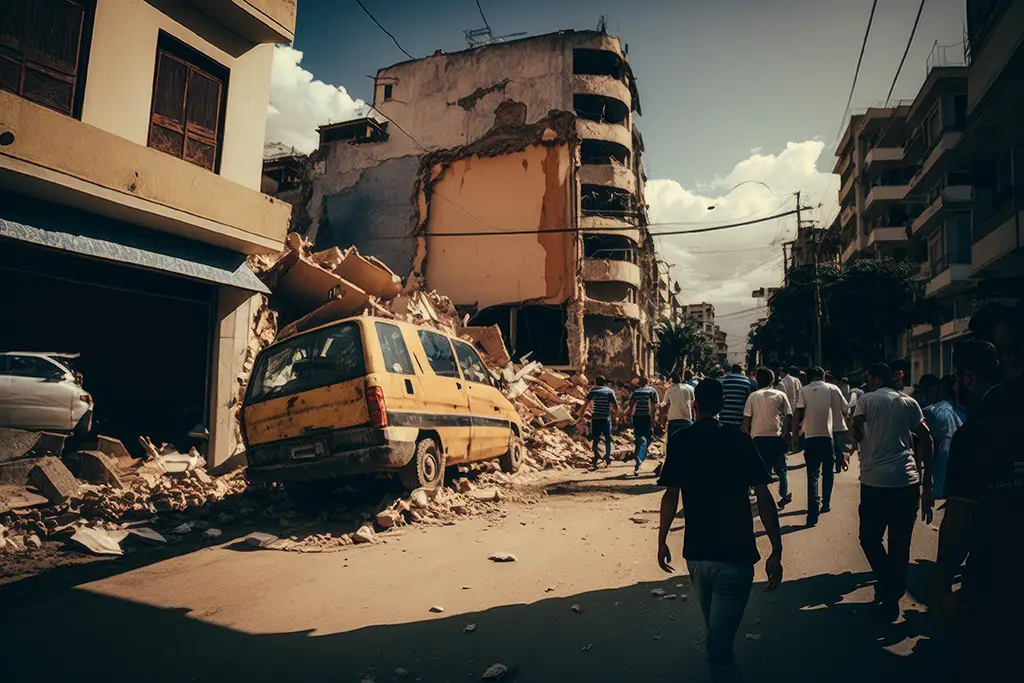
The 2015 earthquake in Gorkha was devastating, impacting numerous infrastructures, historical sites, heritages, and communities. About 10,000 people died, about 21,000 were injured, and many were left homeless. But it only impacted a certain part of the country. Since then, Nepal has shown remarkable resilience and recovery.
Aftermath of Nepal Earthquake on Langtang Valley: An Epic Tale of Resilience and Revival
Many cultural heritage sites, including temples, stupas, and historical buildings, were damaged. However, with support from the government, international agencies, and local communities, most of these sites have been restored, and some are undergoing reconstruction. For example, heritage sites from Kathmandu, Bhaktapur, and the Boudhanath Stupa have been beautifully restored.
The Tourism industry has since rebounded significantly. New trekking routes are being pioneered, and better infrastructure, like hotels, lodges, and transportation, has helped revive tourism.
The National Reconstruction Authority (NRA) was crucial in rebuilding private homes and public infrastructure in rural areas. The policy for earthquake-resistant houses showed Nepal’s commitment to building a safer and more resilient society.
4. Is Travelling in Nepal Risky?
It isn’t quite clear why Nepal has an image of being “unsafe” for travelers when it is one of the safest countries to travel to. Being a landlocked country that is nowhere closer to the sea or ocean, tsunamis, tornadoes, and hurricanes are not a question like elsewhere.
Some speculate that the earthquake of 20145 or the civil war that has already been resolved might be the reason. Indeed, the reputation of earthquakes in Nepal had a pattern of occurring every 50 years. However, after the 2015 earthquake, a further risk is now postponed for decades.
A lot of travelers travel solo in Nepal, from FITs to solo trekkers. Nepalis’ hospitality is an excellent asset for us. There are no cases of vandalism between people of different communities or religions. Nepal is a country with hundreds of castes and ethnicities, but we all live in social harmony.
However, be cautious when traveling on the streets or in public vehicles, especially at night. Do not leave your backpacks and gadgets unguarded. Women are not usually advised to walk the streets alone at night.
5. Every Nepali Has Seen Mount Everest
Every Nepali dreams of climbing Mount Everest or at least observing it from base camp. However, climbing high altitudes is not easy for those who grew up in low altitudes. Climbing requires well-planned preparation.
Most people get high-altitude sickness above 3000- 3500 m above sea level. People living in the Terai or hilly regions require mental and physical training. Since then, traveling culture has gained popularity, and the number of Gen-Z trekkers and hikers is increasing.
6. All Sherpas are Mountain Guides
The Sherpa people, also known as the “Guardians of the Himalayas,” are a remarkable ethnic group associated with the high Himalayas. Sherpa is a surname or family name for the people who originally belonged to the Tibetan plateau.
Since they are born and grow up playing with the snow above 4000 m, these people have an innate capability to endure freezing temperatures down to -50°C and are good navigators.
An American study conducted in 1976 concluded that Sherpas are genetically adapted to high altitudes. This familiarity with high altitude makes them resilient and involved in mountaineering.
But we should not forget that not all sherpas are guides or mountaineers!
A mountain guide is a profession that anyone can become accustomed to once they receive proper training from an authorized government institution. As a guide, you can assist people in exploring the Himalayas.
7. Nepal is Not Safe for a Trip with Children
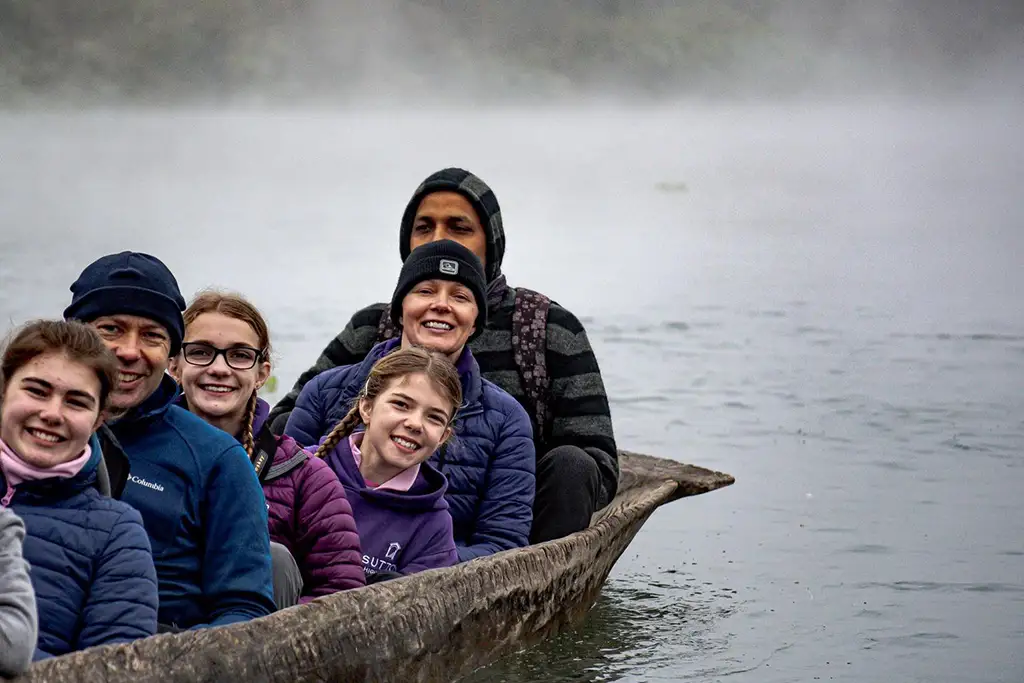
Trekking with children at high altitude? Uff…!
It certainly requires special planning, as the routes are in remote places, away from supply facilities, vehicles, or medical facilities. However, there is a better communication network throughout the ABC or EBC, which are the most challenging trekking routes. There are some records of kids under ten who have made a record by trekking to the Everest region.
If you aren’t prepared to take the risk, there are other options for exploring Nepal with your kid. Pokhara, the city of lakes, is a good place for children to wander around the lakes, enjoy water sports, and take a pleasant city excursion.
Similarly, a safari at Chitwan National Park or Bardiya National Park is fun for kids. Watching rhinos, tigers, and other rare animals, interacting with elephants in breeding centers, and canoeing with reptiles is indeed a thrilling experience for growing minds. And don’t stress about their safety since these interactions are right under the direct supervision of a certified park ranger and a guide.
8. Not Everybody Speaks English in Nepal
Whether Nepali people speak English or not is a pretty conflicting opinion in the present context, as most of them do understand the language. The recent census has recorded 123 languages spoken in Nepal. Others are native languages, and 48 are Indo-European languages, which are of the Indo-Aryan sub-family that excludes English.
Nepali people got to know about the existence of English only after the 1960s, when Nepal opened its gates to foreign tourists. Even though these people aren’t native speakers, most Nepalese can speak English with an accent.
Most Nepali people can speak English with a strong accent. The American and British accents are widely spoken in Nepal. In total, 35.8% of the population speaks English. The curriculum of Nepal has included English as a compulsory language up to Grade 10. Every Nepali has understood the importance of language as a universal language. Interaction with the local youth and with the children’s peers is no problem for this reason.
9. Food Choices Are Limited to Daal Bhat
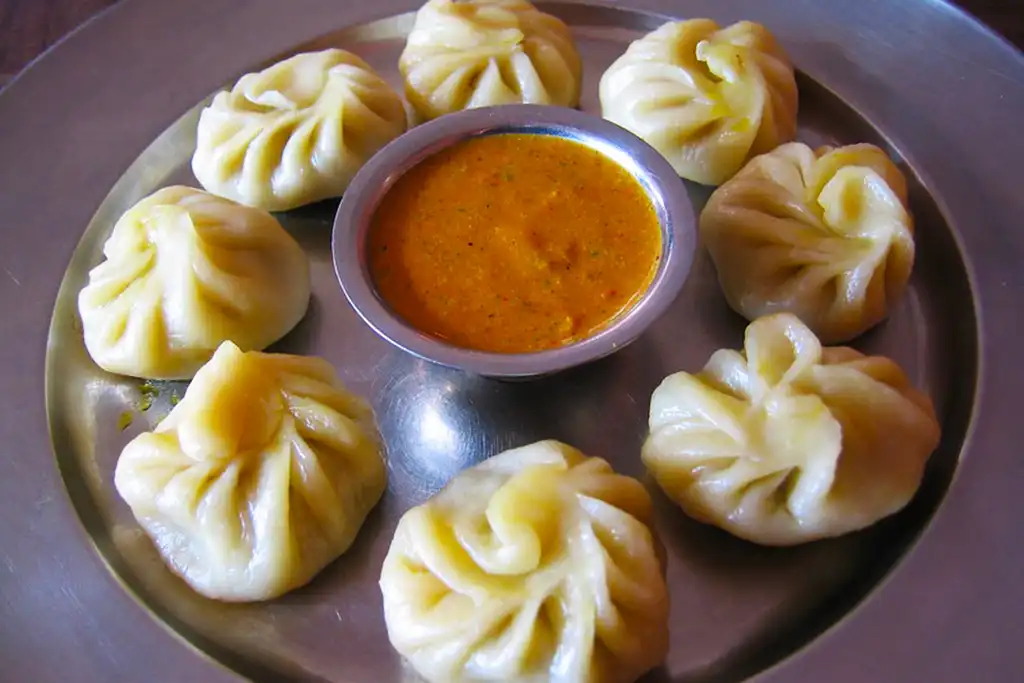
Dal bhat is a Nepali dish that comprises steamed rice, lentil soup, vegetable curry, and pickles. Depending on the season, you get an extra side dish of green vegetables, yogurt, and poppadum. You can get free refills on the rice and lentil soup. Nepalis include dal bhat in their lunch, dinner, and sometimes as their snacks, as “fried rice”. The term “Dal bhat power, 24 hours” is quite a famous Nepali slang.
But the popularity of staple dishes doesn’t mean there are limited food choices in Nepal. You can get various food in the cities and even in the high mountains. Pizza, mo: mo, omelet, ramen soup, and spaghetti are some things on the menu while trekking in the high mountains.
13 Foods You Should Not Miss While in Nepal: A Culinary Journey through the Himalayas
Many travelers also love bakery items and coffee. Various types of cuisine you can dream of are available in different parts of your trip. Ethnic and cultural foods like Thakali food, Gurung food, and Tharu cuisine are very famous among visitors. The Newari has a wide variety of food on their list. Besides, Indian, continental, Italian, and Chinese restaurants are typical in Nepal.
In conclusion, popular Myths About Nepal often paint a limited or inaccurate picture of this diverse and culturally rich country. From the misconception that every Nepali has seen Everest to the belief that Mountains are the only attraction, these myths overlook the nation’s unique identity, heritage, and natural beauty.
By addressing and debunking these stereotypes, we open the door to a deeper appreciation of Nepal’s true essence, its warm people, spiritual traditions, and breathtaking landscapes. Understanding the reality behind these Popular Myths About Nepal not only fosters respect but also promotes more meaningful travel and global awareness.
FAQs
Expand AllIs Mount Everest the only reason to visit Nepal?
While Everest is famous as the highest peak in the world, Nepal offers much more heritage, like the ancient temples, diverse wildlife, vibrant festivals, and stunning trekking routes.
Is Nepal a part of India?
No, Nepal is an independent country with its government, language, and distinct culture. It has never been colonized. India was founded on 15 August 1947 after East India left India. India and China are only our neighboring countries.
Do all Nepalis worship the same religion?
In 2008, Nepal was declared a secular country. More than 80% of people follow Hinduism. Apart, Buddhism, Islam, Christianity, and other faiths are also practiced in Nepal.
Is Nepal only a mountainous country?
No, Nepal has three main regions: the Himalayas (mountains), the Hill region, and the Terai (plains), each with unique landscapes and cultures.
Can foreigners easily travel in Nepal?
Yes, Nepal is a popular tourist destination with welcoming locals, good trekking infrastructure, and a rich cultural experience.
Is it true that Yeti lives in Nepal?
The Yeti is part of Himalayan folklore. While there’s no scientific proof of its existence, the myth adds to Nepal’s mystical charm. There is a 300-year-old Yeti scalp in the Khumjung Gompa of the Everest Region.
Is Mount Everest the only attraction in Nepal?
No. Nepal offers rich culture, ancient cities, tangible and intangible heritages, wildlife safaris, spiritual retreats, scenic beauties, and adventure sports beyond Everest.
Do all Nepalese people live in the mountains?
Himalayan region occupies only 16% of the total land in Nepal. While the Himalayas are iconic, many people live in the plains (Terai) and mid-hills in urban and rural settings.
Is Nepal only for trekkers and mountaineers?
Absolutely not. Nepal is great for cultural tourism, spiritual journey tourism, wildlife tourism, photography, and relaxation, too.
Do people in Nepal worship cows everywhere?
Cows are sacred in Hinduism and respected in Nepal. Worshipping cows is common only in Hindu communities of Nepal and India.
Is marijuana legal in Nepal because of its hippie history?
No. Though popular in the past, marijuana is illegal in Nepal today. There are strict laws against its use after the implementation of the Single Convention on Narcotic Drugs 1961.
Is it true that Nepal was never colonized?
Yes. Nepal is one of the few countries in Asia that was never colonized, maintaining its independence throughout history.
Can I get altitude sickness anywhere in Nepal?
Altitude sickness occurs only at high elevations (above 3,500m), especially while trekking. Acclimatization is key. The lowlands pose no such risk.
Do people in Nepal speak only Nepali?
English is widely spoken, especially in cities and tourism areas. Nepal has over 100 languages, including Newar, Maithili, Tamang, and more.
Related blog posts
Discover a choice of tourist destinations loved by most of our visitors. Whether you're on a jungle safari to spot rare animals or walking through a world heritage site, these well-planned itineraries cover the major highlights of Nepal.


